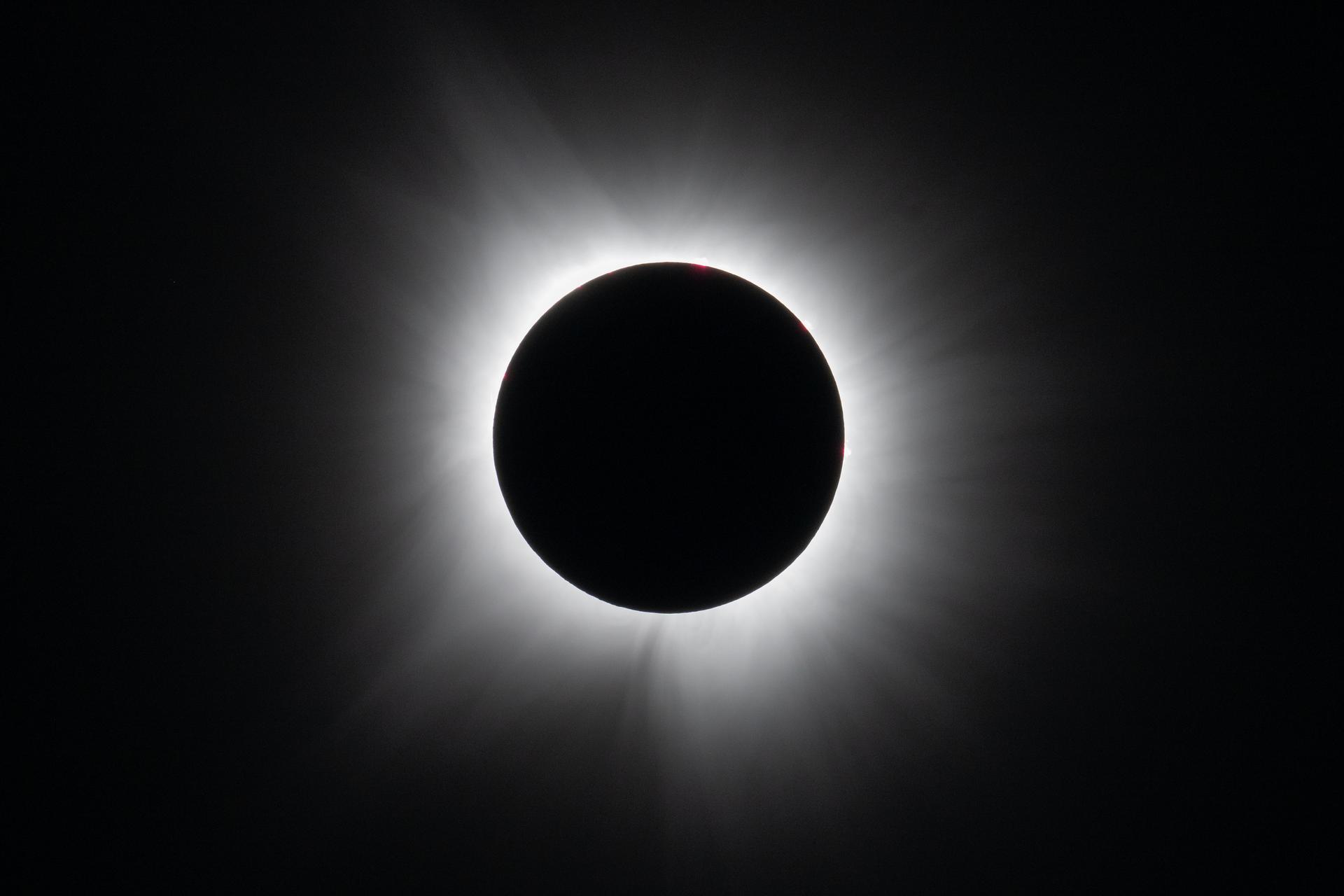CODEX
Coronal Diagnostic Experiment


CODEX has two key goals:
- To understand what heats the solar wind to a million degrees hotter than the Sun’s surface and sends it streaming out at almost a million miles per hour.
- To test models that show this heating and acceleration region.
CODEX's research will help scientists understand the heating and acceleration of the solar wind, the constant stream of particles and magnetic fields that flow off of the Sun. While traditional coronagraphs look at the density of the solar wind in this area, CODEX will observe the temperature and velocity of the solar wind in addition to the density. This information will provide new insight that enables researchers to better understand where the energy that affects the solar wind comes from.
The coronagraph will also build upon research from other missions, like Parker Solar Probe. CODEX will look at the solar wind much closer to the solar surface, while Parker Solar Probe samples it a little farther out. By comparing these findings, scientists can better understand the full picture of that region and how the solar wind changes as it travels farther from the Sun.
Scientists will also compare results with spacecraft that have solar coronagraphs, too, like the ESA (European Space Agency) and NASA Solar Orbiter mission and NASA’s future Polarimeter to Unify the Corona and Heliosphere (PUNCH) mission.











